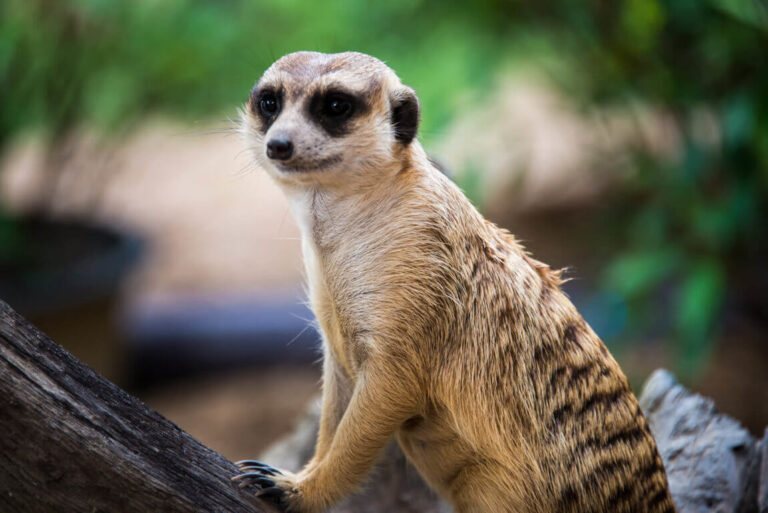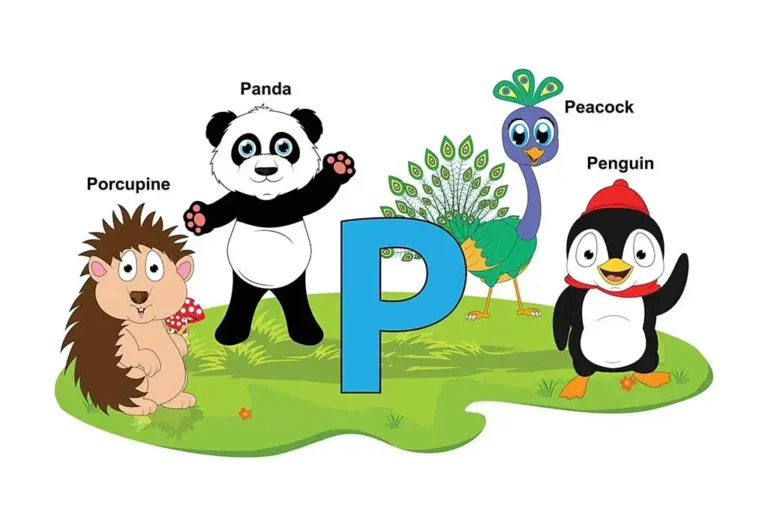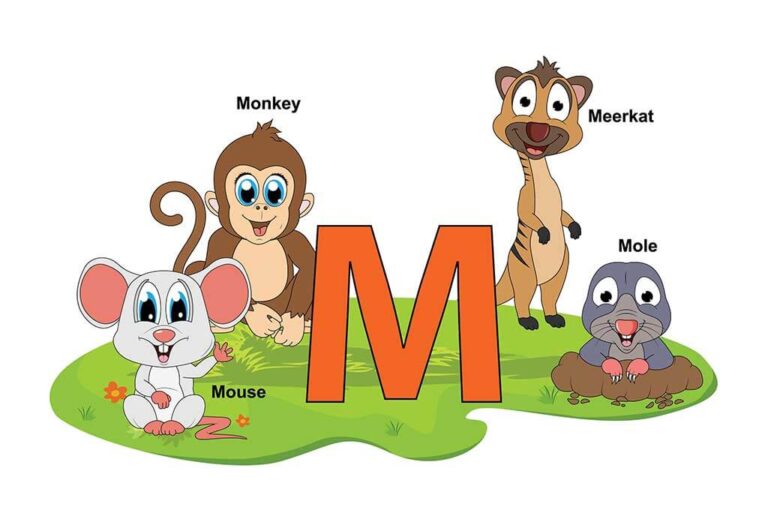Visayan Warty Pig (Sus cebifrons): An In-depth Exploration
The Visayan Warty Pig (Sus cebifrons) is a critically endangered wild pig species endemic to the Visayan Islands in the Philippines. With distinctive physical traits, interesting behaviors, and a complex relationship with humans, the Visayan warty pig is an essential species in the biodiversity of the Philippines. This article provides a comprehensive look into the scientific classification, physical characteristics, habitat, behavior, diet, reproduction, predators, conservation status, evolutionary history, and the animal’s relationship with humans.
Contents
Scientific Classification
- Kingdom: Animalia
- Phylum: Chordata
- Class: Mammalia
- Order: Artiodactyla
- Family: Suidae
- Genus: Sus
- Species: Sus cebifrons
The Visayan warty pig is part of the Sus genus, which includes all wild and domestic pigs. Its species name, cebifrons, reflects its origin from Cebu, one of the Visayan islands.
Physical Characteristics

The Visayan warty pig is a medium-sized pig known for its distinctive appearance, especially in males, who grow thick manes during mating season. Here are some notable physical traits:
- Size: Adults range from 3 to 4 feet (90 to 120 cm) in length and can weigh between 77 and 176 pounds (35 to 80 kg).
- Color: Their coat is typically dark gray or black with sparse fur, though some have lighter markings. Males develop long, mane-like hair from head to back during breeding.
- Warts: Both males and females possess facial warts, although these are more pronounced in males. These fleshy outgrowths serve as protection during fights.
- Snout: Like other pigs, they have a powerful snout for rooting in the ground for food.
Habitat
The Visayan warty pig is endemic to the Visayan islands, particularly Panay and Negros, although they were once found on other islands like Cebu and Guimaras. Unfortunately, habitat destruction has significantly reduced their range.
- Preferred Environment: They thrive in primary and secondary tropical forests, where they forage for food and shelter. Their habitat ranges from lowland forests to higher altitudes.
- Current Range: Due to deforestation and agricultural expansion, they are confined to small pockets of forested areas in the Visayas.
Behavior

The Visayan warty pig is a social animal, typically living in small family groups known as sounders, which consist of a dominant male, several females, and their offspring.
- Foraging: These pigs are primarily nocturnal and spend their nights foraging for food. They use their strong snouts to dig into the ground.
- Communication: Like other pigs, they communicate through various vocalizations, including grunts and squeals. They also mark their territory using scent glands.
- Territoriality: Males, especially during the breeding season, can be quite territorial and aggressive, fighting off rivals to maintain dominance over a group of females.
Diet
The Visayan warty pig is an omnivore with a diet that varies depending on availability.
- Plant-Based: They primarily feed on roots, tubers, fruits, and leaves.
- Insects and Small Animals: They occasionally consume insects, worms, and small vertebrates.
- Human Impact: In areas close to human habitation, they have been known to raid crops, including rice and corn, which has led to conflict with farmers.
Reproduction
Visayan warty pigs breed seasonally, with males growing their distinctive mane during this period to attract females and intimidate rivals.
- Mating Season: The breeding season usually occurs between November and January.
- Gestation: After a gestation period of about 118 days, females give birth to litters of two to four piglets.
- Parental Care: Piglets are cared for by their mother, who leads them in foraging. The young are weaned after about three months but may stay with their mother for several months longer.
Predators
The Visayan warty pig has relatively few natural predators as an island species.
- Native Predators: On the Visayan islands, their main predators include large birds of prey and pythons, which may prey on young piglets.
- Human Threats: Humans have become their greatest threat, primarily through habitat destruction, hunting, and the introduction of non-native predators like feral dogs.
Conservation Status
The International Union for Conservation of Nature (IUCN) lists the Visayan warty pig as Critically Endangered due to habitat loss and hunting.
- Habitat Destruction: Deforestation for agriculture and urban expansion has drastically reduced their habitat.
- Hunting: Local populations hunt these pigs for food, reducing their numbers.
- Conservation Efforts: Captive breeding programs in zoos and wildlife parks are essential to their survival. Conservation organizations are also working to protect and restore their natural habitats.
Related: Can Cats Eat Pigs Ears?
Interesting Facts
- Cultural Symbol: In some Visayan cultures, the warty pig is seen as a symbol of strength and resilience. However, conflicts with farmers often overshadow this.
- Maned Males: Male Visayan warty pigs are unique in their ability to grow a mane, which can be as long as six inches, during the breeding season.
Evolutionary History
The Visayan warty pig likely evolved from mainland ancestors that reached the Philippine islands during the Pleistocene. Isolation on the Visayan islands led to their distinct physical characteristics, particularly the warts and the mane in males. Their evolution reflects the adaptation to island life, with fewer predators and specific environmental conditions.
Relationship with Humans
Historically, Visayan warty pigs played a significant role in local communities’ livelihoods as a food source. However, as human populations grew and agriculture expanded, these pigs increasingly conflicted with humans, often raiding crops. This conflict and habitat destruction have greatly contributed to their decline.
Conservationists are working to improve the relationship between local communities and the Visayan warty pig through education and sustainable farming practices.
Conclusion
The Visayan warty pig is a fascinating and resilient species uniquely adapted to the Visayan islands. However, human activity, including habitat destruction and hunting, has pushed the species to extinction. Conservation efforts, including habitat preservation and breeding programs, are essential to ensure the survival of this critically endangered pig. By fostering a better understanding of the Visayan warty pig’s role in the ecosystem, we can help protect this rare and remarkable animal for future generations.
- Golden Retriever Pros and Cons: What Every Pet Parent Should Know - 15 September 2025
- Cane Corso Dog Breed: Health, Care, and Lifespan - 14 September 2025
- Catahoula Leopard Dogs: Description, Temperament, Lifespan, & Facts - 21 July 2025







